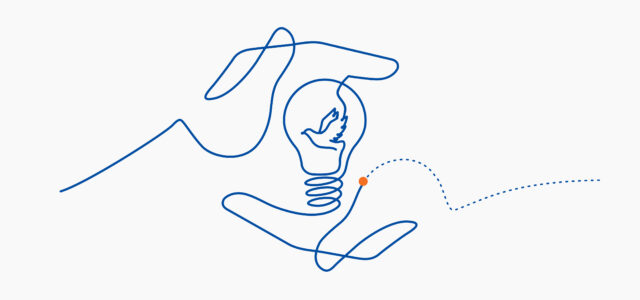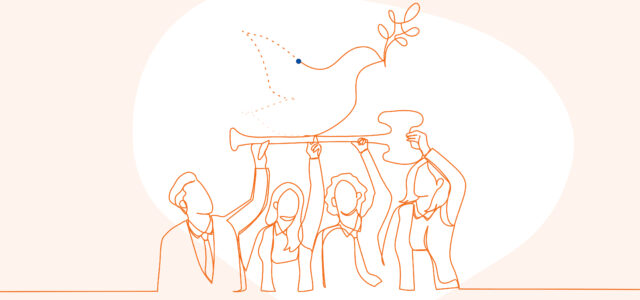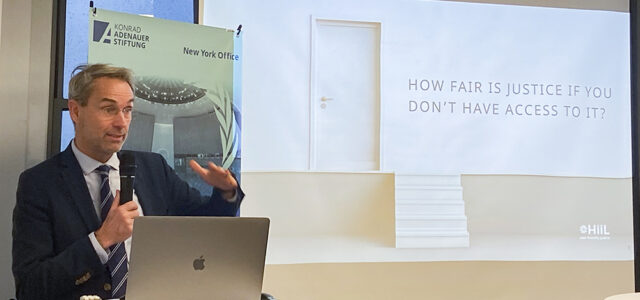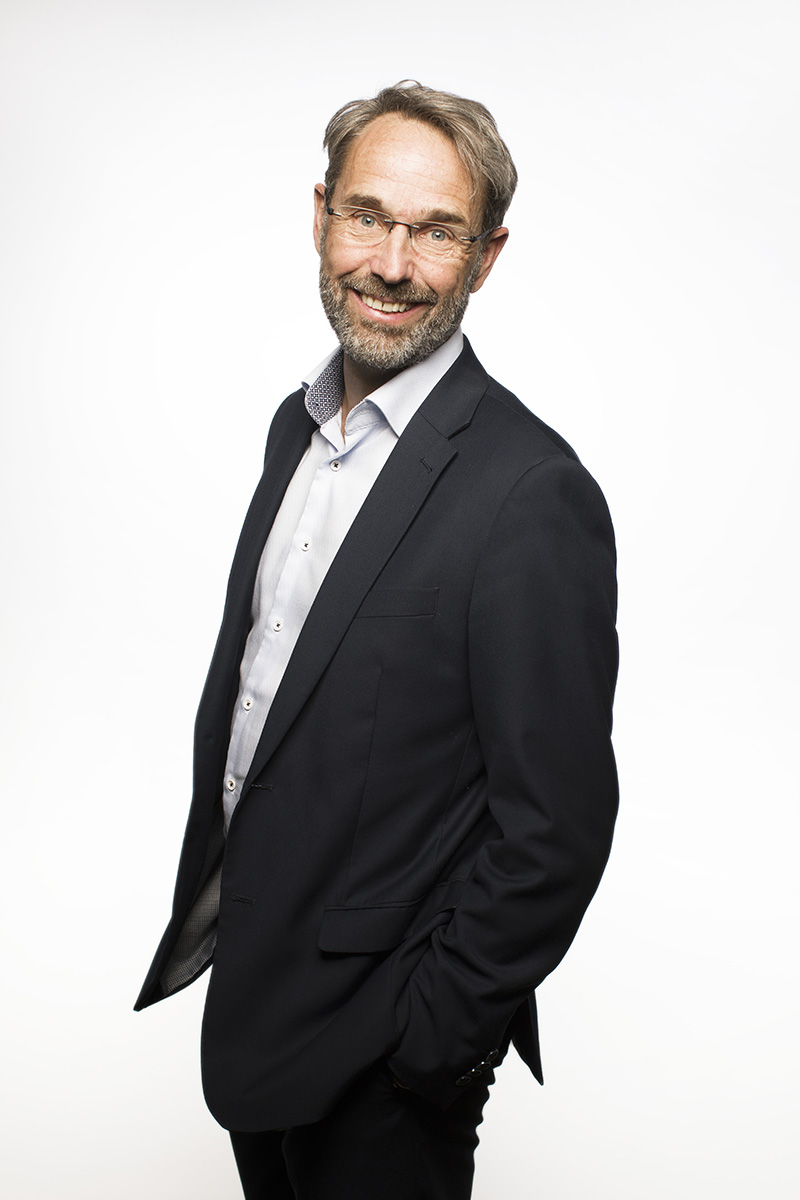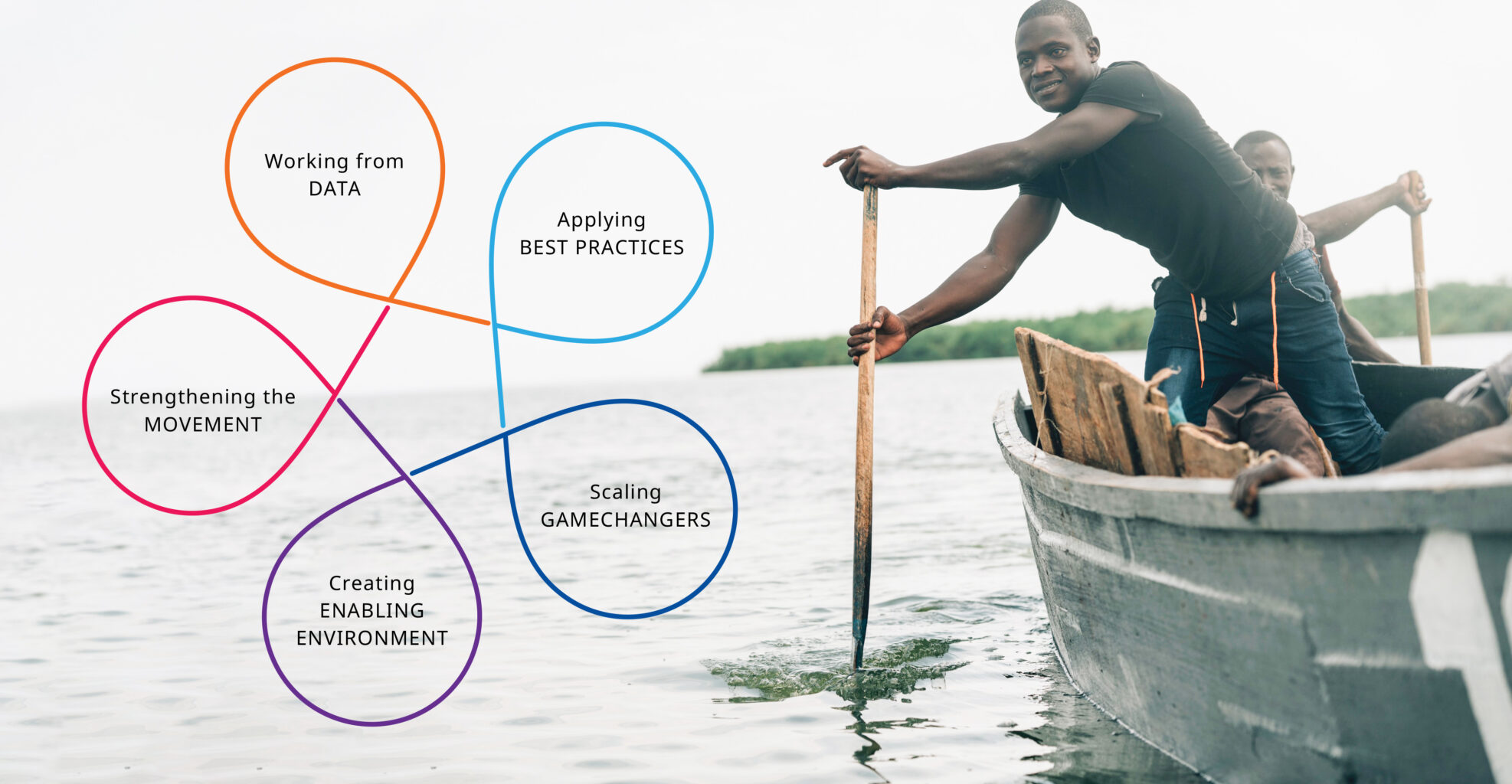
In an otherwise challenging atmosphere with climate change disasters, rising inflation, economic recession, rising authoritarianism, polarisation, plummeting trust levels, and the war in Ukraine, the past months have also had a bright spot. People-centred justice programming is going from ‘How To Do It?’ to ‘Let’s Do It!’. That’s good for the promise of SDG 16 to provide access to justice for all. It is not a reason for complacency. To the contrary, efforts must be doubled to now make it happen.
“If an executive had fallen asleep in 2019 and just woke up, she wouldn’t recognise the business world of November 2022.” says a recent McKinsey blog.
That also applies to justice. In 2019, the Task Force on Justice worked out the size of the justice gap and launched the people-centred justice approach as the best shot to close it, an approach that is as simple and logical as it is difficult: redesign justice systems around the needs and experiences of people and the outcomes they need.
Since then most of the work has focussed on ‘How To Do It’.
Five components emerged that must be integrated into a programme or strategy. These are data on justice needs, evidence-based working, innovation, an enabling environment, and building a movement to keep it going.
Data is the crucial starting point. Knowing what the most prevalent and serious justice problems are, who has them, what their journey to justice looks like, the rate at which problems are prevented or resolved and outcomes achieved, and the impact all this has on people, communities and the economy. Work was done on how to strengthen national statistical offices to collect justice data. The OECD and the Open Society Foundation published a guide to doing legal needs surveys. The World Justice Project continues to update the WJP Rule of Index and is sharing legal needs data through its Atlas of Legal Needs Surveys. HiiL shared its growing Justice Dashboard. The Open Government Partnership set up a justice practice group.
Evidence-based practice is the second element. What works best to resolve land problems, and employment disputes, or to ensure that a forced court decision is only used when there are no other options? Simply put: if best practices are developed and widely shared, justice delivery will improve. It is, however, not that simple: weaving evidence-based working into the whole system requires skills, systems, and budgets that are not present in most ministries of judiciaries.
The third element is innovation. Getting the interventions that work best for as many people as possible, when they need it, based on sustainable funding models. Traditional courts and law firms continue to be important as delivery models but are not sufficient. The bigger trend here is finding ways to connect the formal and informal justice mechanisms in a more effective way. A sub-report of the Task Force on Justice on innovation sets out what is needed to make innovation happen and signals some trends. HiiL shared research on seven gamechangers: generic delivery models that can be adapted to specific environments and that can run on the basis of sustainable funding models.
Fourth: we need an enabling environment. Without this, change will be limited, not attract enough funding, and certainly not scale. This is perhaps the most underestimated element of the people-centred justice approach. Those investing political or real capital need to know that a game-changing innovation they back will not stay a small pilot forever because of rigid procurement rules, the inability to conclude public-private partnerships or the risk of a violation of the rules that govern courts and legal services. That environment will also have what Chief Justice Koome of Kenya calls “shared leadership” – a way of leading that reaches across silos, even outside the justice sector. It operates on the basis of outcome-based targets in all its strategies and budgets.
Finally, we need to build a movement to sustain the change.
So now, Let’s Do It!
At the beginning of 2022, USAID published its new draft rule of law policy, which has the people-centred justice approach at the core. It highlights a renewed focus on delivery, outcomes, and a data-driven and evidence-based way of working. It is expected to get final and full approval early next year.
In February, the UN General Assembly held a consultation session on people-centred justice, as part of the follow-up to the report of the UN Secretary-General Our Common Agenda and his work on a new rule of law vision for the UN. In response to the Secretary-General’s assessment that institutions – justice institutions included – are not delivering enough for people, I expressed the hope that his new vision will put delivery for people at the centre. We understand that this is being picked up. The new vision will, it is said, be published early next year.
In March, policy briefs on three gamechangers were published: community justice services, user-friendly contracts and one-stop-shop dispute resolution. These briefs were developed with a working group of experts and set out critical success factors to make them work. HiiL also facilitated a process for the City of The Hague to develop a process to solve neighbour problems – working from outcomes and best practices (only available in Dutch).
In April, a dialogue on making people-centred justice programming happen was held, involving 12 justice practitioners from countries where we work: Uganda, Kenya, Nigeria, the Netherlands and the USA. The business case for moving in this direction was clear for them: it is good for the economy. Coming together as justice leaders is a critical step, they concluded: “[at] its core, delivering justice involves interactions between people who commit themselves to making people-first choices”.
People-centred justice programming seeks to focus on outcomes. What does that mean? HiiL published a policy brief to better understand this. The outcomes that people look for when they seek justice and support have not been that well defined. The policy brief identifies a list of eight general justice outcomes that people seek when they are faced with a legal problem and aims to support justice leaders and practitioners in the challenging task of doing this.
In May, the Justice Action Coalition launched its 2023 Justice Appeal, challenging themselves and other countries “to come to the SDG Summit in September 2023 with data and evidence to demonstrate their contribution to closing the global justice gap” and appealing to “regional bodies, international organisations, foundations, philanthropists, other donors, data collection and research institutions and relevant private sector actors to provide coherent support to national and local actors.” This is a call to action: stop talking and showcase examples of doing the people-centred justice approach. The Coalition is also working to set up a more permanent secretariat to support that.
In June, the World Justice Forum brought the SDG16 community together, for the first time since Covid. The Final Statement on Building More Just Communities emphasised the importance of data and collaboration between governments, justice sector regulators, entrepreneurs, and legal professionals to stimulate innovation and the scaling up interventions that work best.
Justice innovation continued to become concrete. The World Justice Project introduced and supported five innovations, all people-centred and including access, transparency, equality, and data. In July, HiiL shared the next generation of justice startups in the 2022 cohort. Tackling justice issues of Crime, Land, Family, Neighbours and SMEs the 15 startups come from Nigeria, Tunisia, Rwanda, Kenya and Lebanon. They joined an intense programme of workshops, masterclasses, and mentorship. The Innovation Hub East Africa worked on innovations in Somalia, Rwanda and Kenya, the latter with a focus on family justice.
In September, governments from 37 OECD countries met with leading researchers at the 2022 OECD Global Access to Justice Roundtable. The meeting reiterated the focus on people and outcomes. What became clear is that people-centred justice programming is happening, but also that most initiatives are relatively small and isolated. A more systemic and focused programming approach is needed. At that meeting, HiiL launched its Guide to People-Centred Justice Programming, bridging together what is now known about making the transformation to this way of working.
In the latter half of the year, two new national Justice Needs and Satisfaction surveys were completed in close partnership between the ministries of justice of Niger and Burkina Faso and HiiL. These countries follow around 20 countries who have done the same: establishing a baseline and building the capacity to keep collecting and sharing such data.
Notable progress has been made in Nigeria. Work on people-centred justice is happening in three states: Imo, Ogun, and Kaduna. In November, Kaduna’s justice and judiciary leaders publicly shared their commitments to realise innovative, affordable and responsive justice delivery. The need for solutions around three justice needs – crime, police and money – is prioritised and outcome-based goals and pathways to solutions are provided. These commitments represent meaningful, realistic first steps.
Action continued. The Commonwealth Law Ministers Meeting in late November adopted an Outcome document that reiterated the people-centred justice approach, the importance of working on the basis of data and opening up to innovation. The Secretary-General of the Commonwealth Secretariat, Rt. Hon. Baroness Scotland made it simple: we need justice transformation.
Towards the end of the year, people-centred justice received some prizes. Aniket Doegar of Haqdarshak, a tech platform that connects citizens with their eligible government welfare schemes, was awarded the 13th Social Entrepreneur of the Year Award – India, established by Jubilant Bhartia Foundation and Schwab Foundation for Social Entrepreneurship. Haqdarshak helps many people in India get access to public services, in this case, welfare schemes in a people-centred way. HiiL’s Justice Accelerator has been able to contribute to Haqdarshak’s growth and success since its inception in 2016, and HiiL hopes to continue to do so in the future. In addition, the cause and people-centred justice approach we are all working towards received recognition when, in December, I was awarded the Tällberg-SNS-Eliasson Leadership Award in December.
It is clear from 2022. We are at a turning point moment. Three things then come together. A deep crisis. An acute sense for action. And a promise: a credible, hopeful, way forward. All three are in play now. Turning point moments are rare, and they cannot be missed.
There is a hard push ahead of us in the remaining seven years of the 2030 Agenda to achieve SDG16 and the target of access to justice for all. Our conversations with justice practitioners at the national level and with international actors who have funding, networks, and knowledge to contribute to scaling like the EU, UNDP, and World Bank lead me to believe that there is both a genuine yearning for a better approach and an embracing of the people-centred justice programming way of working.
In 2023 we must make this happen. We hope to work with more justice leaders and practitioners at the national level. We hope that the Justice Action Coalition and other international actors will now fully embrace the data-driven, evidence-based, innovation-focused, and participatory approach of people-centred justice programming and support scaling this way of working. This is not just an ask for more funding; spending the available resources well, on the right things, will come a long way.
